That’s the classic winemaker’s dilemma with a harvest like this. What many wineries will do when faced with large amounts of fruit ready to be picked but no open tank space on their site is have it sent to another winery site that does have the space. They’ll make a quick round of calls to generally larger capacity wineries to see which of them are willing to take their ripe fruit in under a “custom crush” agreement of sorts.
Once they find a winery willing to do so and business arrangements are in place there are certain compliance tracking details that the winery sending the fruit needs to pay close attention to for their own long term tracking.
The first item is the weigh tags for the grapes they send off site. They’ll want to make sure to get copies of all weigh tags for potential payment purposes, reporting on the California grape crush report and lastly for their label information tracking.
The second item a winery sending its fruit offsite for processing will have to factor in is the impact doing so makes on their eventual use of the common labeling term, “produced”. This is a TTB regulated term and is defined specifically by where a finished wine blend was fermented and bottled. The minimum percentage requirement for use of this term is 75%. That is at least 75% of a finished blend must have been fermented at the same winery site that bottled it.
So if the grapes that are sent offsite go completely through fermentation and show back up at the sending winery as fully finished wine, that wine would not qualify as “produced” for eventual labeling purposes.
The simplest way that wineries can keep track of details such as “produced” is through the use of tracking software, because otherwise it’s a lot more math to keep on top of.
From a compliance perspective harvest is a frantic enough time just keeping on top of all that is happening on your own site, which means that when grapes go offsite they’re off your radar. Setting a system in place to track at least the two items listed above will help eliminate losing site of them altogether.
